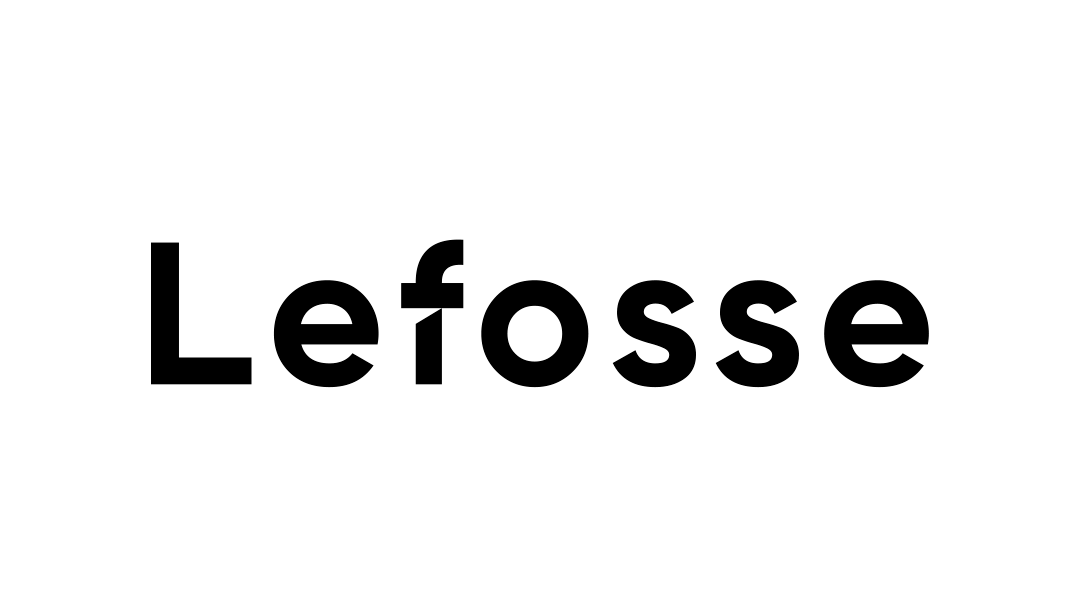A pioneering Indigenous artist on the current Brazilian scene, Carmézia Emiliano (Maloca do Japó, Roraima, 1960) has been working with painting since the 1990s. Her oeuvre focuses on re of themes from the Macuxi culture: festivals, dances, and games linked with the growth and consumption of cassava and their daily life, landscapes with lakes, birds, and other animals, highlighting Mount Roraima. The Macuxis people inhabit the border region between Venezuela, Guyana and Brazil, and are more than 30,000 in our country alone, where they live in the Raposa Serra do Sol Indigenous Land, scenario of clashes with illegal mining. In her works, there are many intricate, interconnected, and rhythmic details that form unique portraits of a communal society with a powerful ecological conscience.
Carmézia Emiliano: The Tree of Life presents 34 paintings, four of them belonging to the MASP collection and produced especially for the museum, which show the evolving relationship between the institution and the artist since 2018. The exhibition also includes eight previously unseen works made for the event. The show’s subtitle derives from a work at MASP that refers to the myth of the Wazaká, the Tree of Life: cut down by Makunaíma, its trunk gave rise to Mount Roraima and spread the Macuxi cultural seeds throughout the world. Makunaína is a playful deity who became popular thought the novel Macunaíma written by Mário de Andrade (1893–1945), a landmark of Brazilian modernism. Mount Roraima is a recurring theme in Emiliano’s oeuvre and a metaphor for immortality or fertility, through which the liveliness of the tree turned into a mount confirms the continuity of life in the universe.
The exhibition is organized in seven sections, which touch on themes related to the artist’s subjectivity and the depiction of human figures, as well as life in the community, illustrated in paintings that show collective dwellings and social spaces. The conveying of knowledge, the support networks among women, and the relationship of deep respect and cooperation with nature are also highlighted in the artist’s paintings. It is a key work to understand ways of living, thinking, representing and creating so singularized by Carmézia Emiliano, in a wider, diverse and plural perspective of Brazilian art and culture.
Carmézia Emiliano: The Three of Life is curated by Amanda Carneiro, assistant curator at MASP.
Carmézia Emiliano’s exhibition is part of MASP’s annual program devoted to Indigenous histories, which includes shows by the Huni Kuin Artists Movement (MAHKU), Paul Gauguin (1848–1903), Sheroanawe Hakihiiwe, MASP Landmann, and Melissa Cody, in addition to the large group show Indigenous Histories.
SPONSOR
